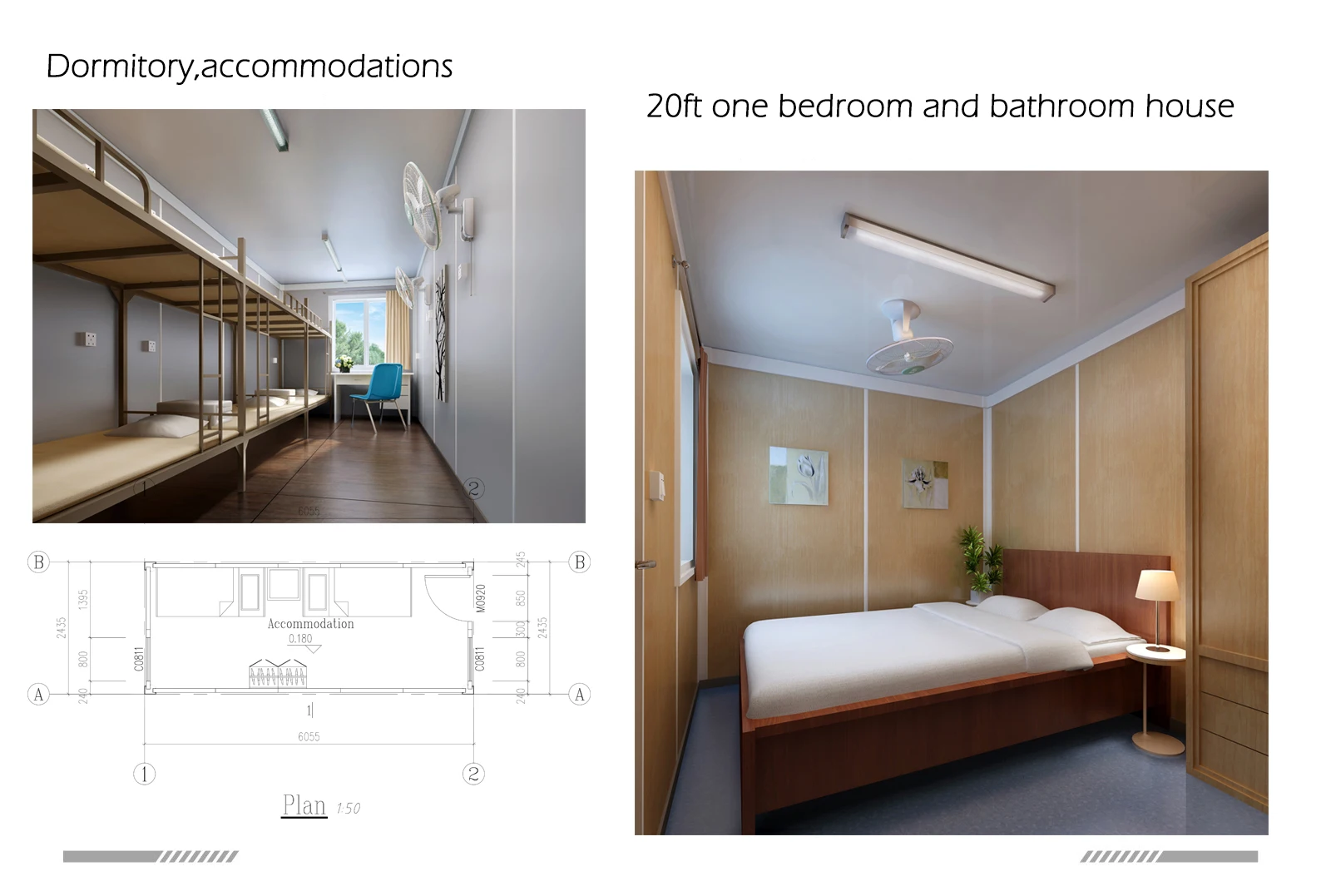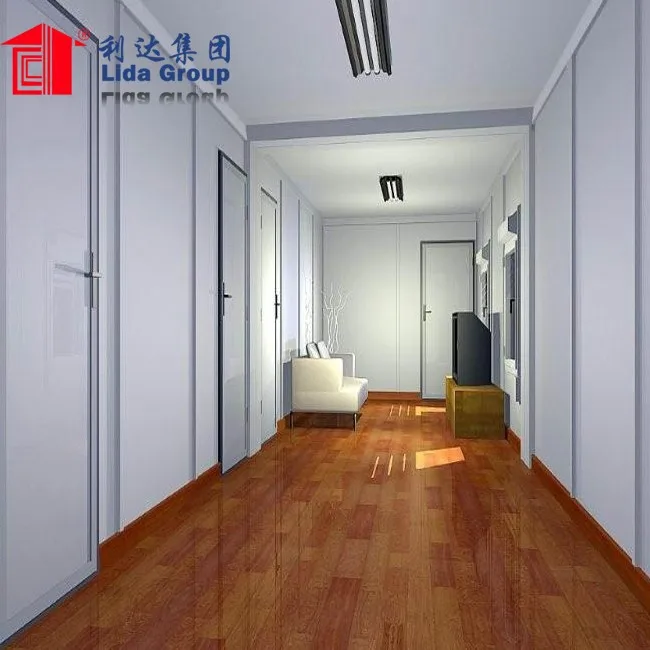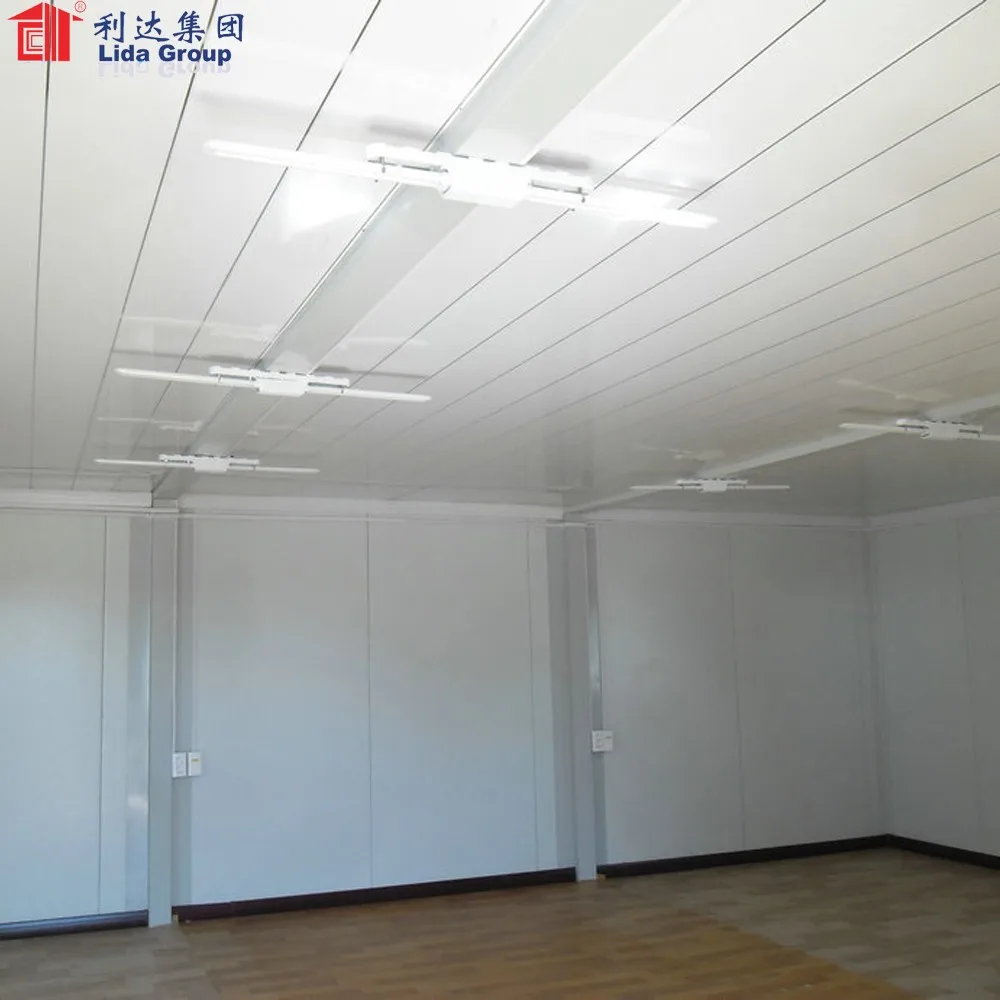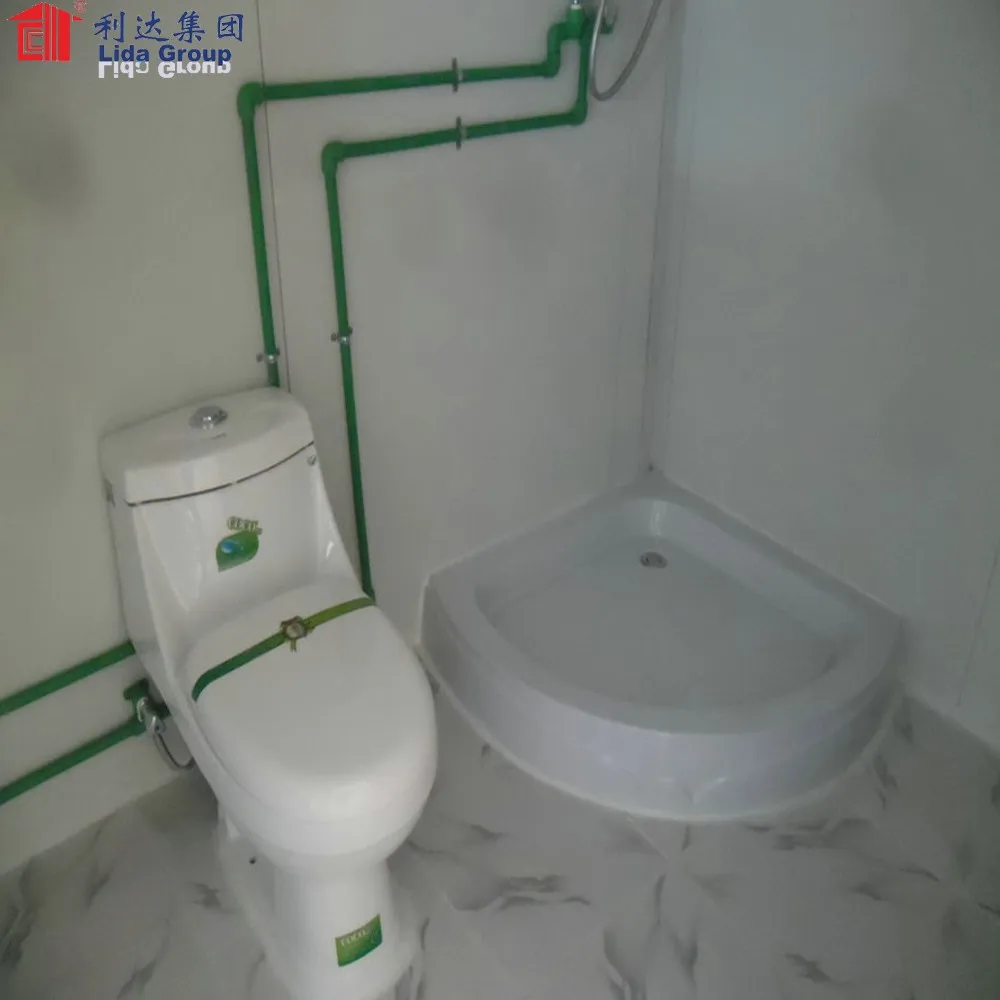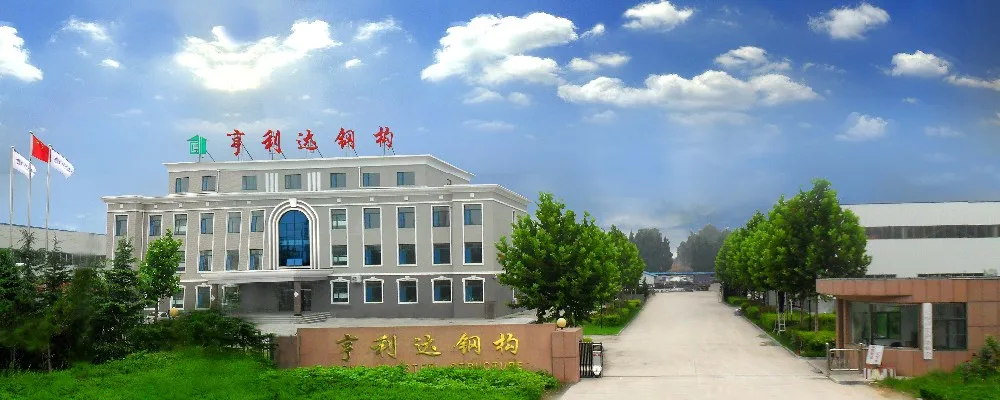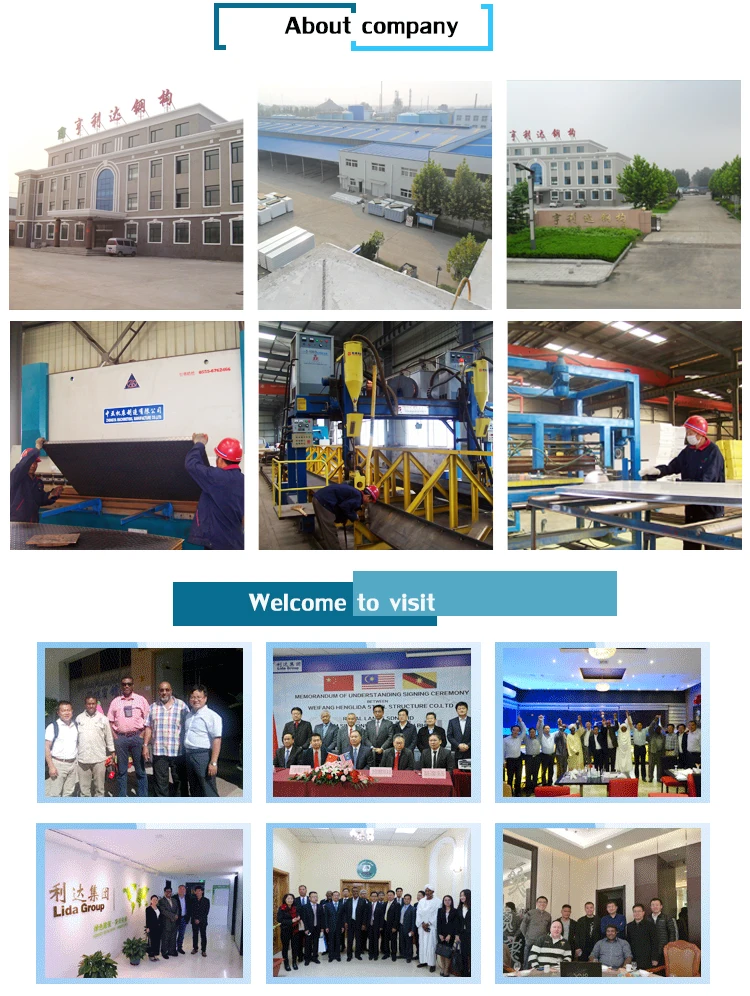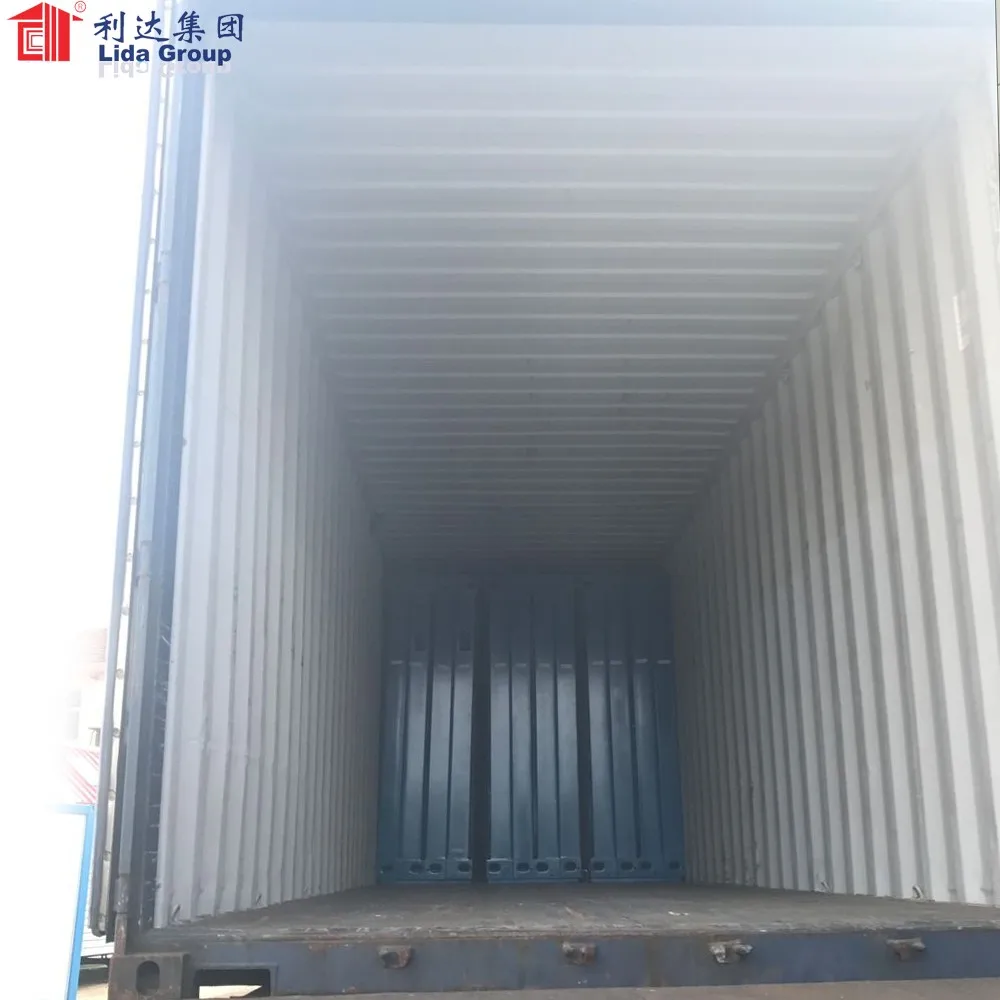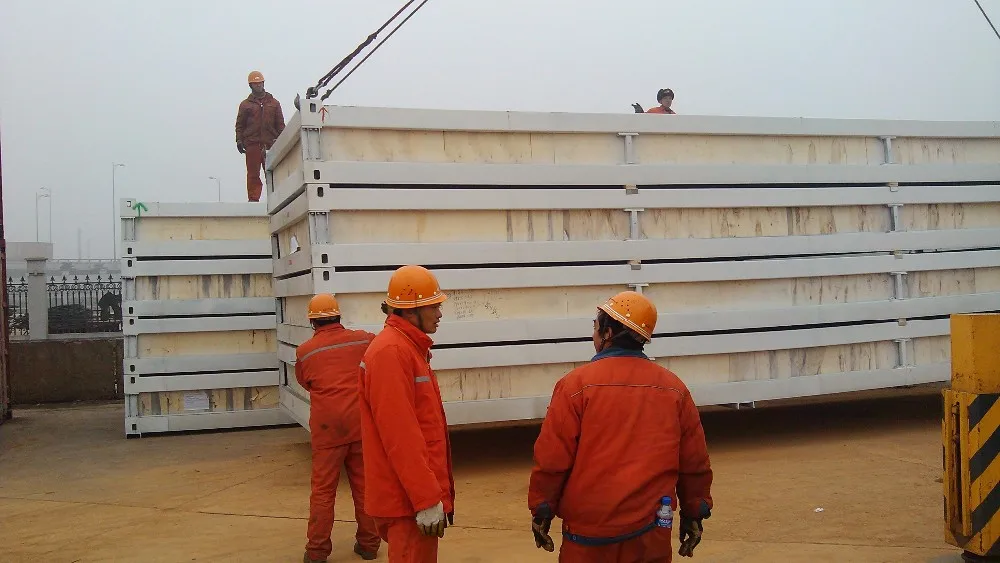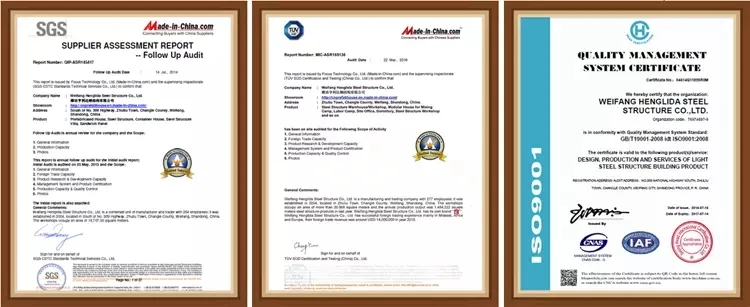Construction prefabricated houses, often known as prefab homes, are revolutionizing the construction industry. These homes are built in sections within a factory-controlled environment and then transported to the site for assembly. Prefab housing isn't a new concept; it has evolved significantly since its inception in the early 20th century. Initially seen as a temporary solution for housing shortages, modern prefabricated homes are now permanent, stylish, and sustainable options.Traditional construction, on the other hand, involves building a house from the ground up on its final location. This process can be lengthy, expensive, and fraught with challenges such as weather delays, labor shortages, and material waste. Let's dive into why prefabricated houses are becoming a preferred choice over traditional construction methods.Cost Efficiency Of Prefabricated HousesWhen building your dream home, the cost is often a significant factor. Prefabricated or prefab homes offer a more cost-efficient alternative to traditional construction methods. Let's explore why prefabricated houses are a smart financial choice.Lower Construction CostsOne of the primary advantages of prefabricated houses is the lower construction costs. Building a house in a factory setting allows for the bulk purchasing of materials, significantly reducing expenses. Factories buy materials in large quantities, often at a discounted rate, and these savings are passed on to the consumer. In contrast, traditional construction often involves purchasing materials in smaller quantities, which can be more expensive.Additionally, the labor costs associated with prefabricated houses are generally lower. Factory workers are specialized and work in a controlled environment, leading to greater efficiency and less downtime compared to on-site construction crews who may face weather delays or other disruptions. This streamlined process results in lower overall labor costs, making prefabricated houses more affordable.Predictable BudgetingAnother financial benefit of prefabricated houses is the predictability of budgeting. Traditional construction projects are notorious for unexpected expenses and cost overruns. Weather delays, changes in material prices, and unforeseen site issues can all contribute to a ballooning budget. These uncertainties can cause significant financial stress for homeowners.In contrast, prefabricated houses offer a more predictable budgeting process. Since the majority of the construction takes place in a controlled factory environment, the costs are fixed and less susceptible to fluctuations. Homeowners receive a clear estimate at the beginning of the project, and there are fewer surprises along the way.Time Savings With Prefabricated ConstructionTime is money, and this is especially true in the world of construction. Prefabricated houses offer significant time savings over traditional construction methods, allowing you to move into your new home faster and with less hassle. Here’s how prefabricated construction beats traditional methods in terms of time efficiency.Faster Construction ProcessThe speed of the construction process is one of the standout advantages of prefabricated homes. In a traditional build, each phase of construction—foundation, framing, roofing, and so on—must be completed sequentially. This can lead to long delays, especially if bad weather or labor shortages interfere. In contrast, prefabricated homes are built in a factory setting where multiple phases of construction can occur simultaneously.The assembly line process used in prefabrication means that components of the house are manufactured concurrently. Walls, floors, and roofs are all constructed at the same time by specialized teams working in a controlled environment. This efficiency drastically cuts down on the total build time. While a traditional home might take six months to a year to complete, a prefabricated house can be assembled in just a few weeks once on site.Simultaneous Site and Building PreparationAnother key factor contributing to the time savings of prefabricated houses is the ability to prepare the building site simultaneously with the house construction. In traditional construction, site preparation must be completed before building can begin, which can add weeks or months to the timeline. With prefabricated construction, while the house components are being built in the factory, the site can be prepped concurrently.Enhanced Quality ControlWhen it comes to building a home, quality is paramount. Prefabricated houses offer enhanced quality control over traditional construction methods, ensuring that your new home is built to the highest standards. Here’s how prefabricated construction achieves superior quality.Factory-Controlled EnvironmentOne of the key advantages of prefabricated houses is that they are constructed in a factory-controlled environment. This setting allows for precise control over every aspect of the building process. Unlike traditional construction sites, which are exposed to weather conditions and other external factors, factories provide a stable and predictable environment. In a factory, materials are stored in optimal conditions, protecting them from damage caused by moisture, temperature fluctuations, and other environmental factors. This leads to fewer defects and higher-quality materials being used in the construction of your home. Workers in the factory also benefit from a consistent work environment, leading to higher productivity and fewer mistakes.Moreover, the controlled environment allows for the use of advanced machinery and technology, which can ensure greater precision in the construction process. For example, computer-aided design (CAD) and computer-aided manufacturing (CAM) technologies enable the production of components with exact specifications, reducing the likelihood of human error.Consistent Building StandardsPrefabricated houses adhere to stringent building standards, which are maintained throughout the construction process. Each component of a prefabricated house is subject to rigorous quality checks at various stages of production. This consistent oversight ensures that every part of the house meets or exceeds industry standards.In traditional construction, quality control can be inconsistent, varying from one site to another and depending heavily on the skills and oversight of the on-site workers. In contrast, prefabricated houses benefit from standardized procedures and inspections, which are integral to the factory production process.Factory-Controlled EnvironmentBuilding houses in a factory-controlled environment offers numerous quality control benefits. Unlike traditional construction sites, factories provide consistent working conditions that are not affected by weather or other external factors. This controlled setting allows for meticulous attention to detail and higher precision in construction. As a result, prefabricated homes often exhibit superior craftsmanship and fewer defects.Consistent Building StandardsPrefabricated houses adhere to stringent building standards, ensuring consistent quality across all components. Each section of the house undergoes rigorous inspection and testing before it leaves the factory. This level of oversight is difficult to achieve in traditional construction, where varying conditions and multiple subcontractors can lead to inconsistencies. The prefabrication process guarantees that every aspect of the house meets high-quality standards, providing homeowners with peace of mind.Sustainability And Environmental ImpactIn today's world, sustainability is more important than ever. Prefabricated houses offer significant environmental benefits over traditional construction methods, making them an excellent choice for eco-conscious homeowners. Let's explore how prefabricated construction supports sustainability and reduces environmental impact.Reduced WasteOne of the most significant environmental advantages of prefabricated houses is the reduction of construction waste. Traditional construction sites are notorious for generating large amounts of waste, including excess materials, off-cuts, and packaging. In contrast, prefabricated construction is highly efficient, producing much less waste.Factory settings allow for precise material measurements and cutting, which minimizes waste. Any leftover materials are often reused in other projects or recycled, further reducing the environmental footprint. This efficiency is hard to achieve in traditional construction, where unpredictable site conditions and on-the-fly adjustments can lead to significant waste.Energy EfficiencyEnergy efficiency is another area where prefabricated houses excel. These homes are designed and constructed with energy efficiency in mind, incorporating features that reduce energy consumption and enhance sustainability. The precision of factory construction ensures tight seams and joints, which improve insulation and reduce energy loss.Prefabricated houses often include energy-efficient windows, doors, and insulation materials that meet or exceed industry standards. This attention to detail results in homes that require less energy for heating and cooling, leading to lower utility bills and a smaller carbon footprint.For instance, prefabricated houses can be equipped with advanced insulation systems that provide superior thermal performance. These systems help maintain a consistent indoor temperature, reducing the need for artificial heating and cooling. Additionally, the controlled factory environment allows for the integration of energy-efficient technologies, such as solar panels and smart home systems, which further enhance sustainability.Flexibility And CustomizationOne of the most appealing aspects of prefabricated houses is the remarkable flexibility and customization they offer. Unlike traditional construction, where changes can be costly and time-consuming, prefab homes provide a range of options to tailor your living space to your unique needs and tastes. Here’s how prefabricated construction excels in flexibility and customization.Design OptionsPrefabricated houses come with a plethora of design possibilities that cater to various architectural styles and personal preferences. Whether you’re dreaming of a sleek, modern home or a cozy, traditional cottage, prefabricated construction can accommodate your vision. The modular nature of prefab homes allows for easy customization of floor plans, layouts, and aesthetic details.Manufacturers offer a wide array of customizable features and finishes. You can select from different types of siding, roofing materials, window styles, and interior finishes. This level of customization ensures that your home reflects your personality and meets your specific needs. For example, if you prioritize natural light, you can opt for larger windows or skylights. If energy efficiency is a top concern, you can choose eco-friendly materials and energy-efficient appliances.ScalabilityScalability is another significant advantage of prefabricated houses. These homes can be easily expanded or modified to accommodate changing needs or future growth. Whether you’re planning to add a new room, expand your living space, or create a separate guest house, prefab construction offers a straightforward and cost-effective solution.The modular nature of prefabricated homes means that additional sections can be seamlessly integrated into the existing structure. This scalability allows homeowners to adapt their living space without the extensive disruptions and expenses associated with traditional construction. For instance, if you need an extra bedroom or a larger living area, a new module can be added to your home quickly and efficiently.ConclusionChoosing a prefabricated house over traditional construction comes with numerous advantages, making it a smart and forward-thinking decision for modern homeowners. From cost efficiency and time savings to enhanced quality control, sustainability, and customization, prefab homes offer solutions that align with the needs of today’s environmentally conscious and budget-savvy individuals.Prefabricated houses are built with precision in controlled environments, ensuring high standards of quality and significantly reducing waste. Their construction process is faster and more predictable, saving both time and money. Additionally, the flexibility and customization options available with prefab homes allow you to design a living space that reflects your style and can adapt to your changing needs.To get inspired and see how creative and innovative prefabricated homes can be, check out Lida Group website. These examples showcase the endless possibilities and modern design trends that prefabricated construction can offer. By choosing a prefabricated house, you are making a smart, eco-friendly, and stylish choice for your new home.
Read More>>
 Marketing@lidajituan.com
Marketing@lidajituan.com Marketing@lidajituan.com
Marketing@lidajituan.com
